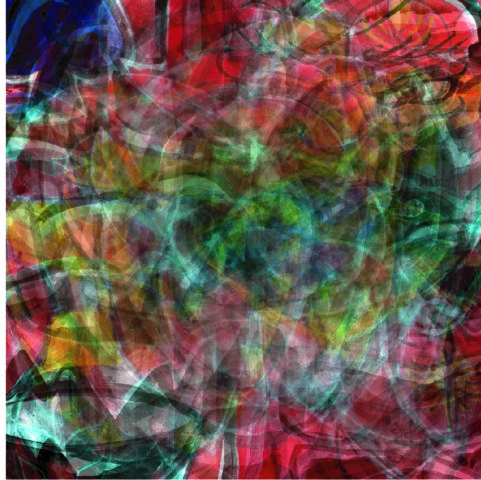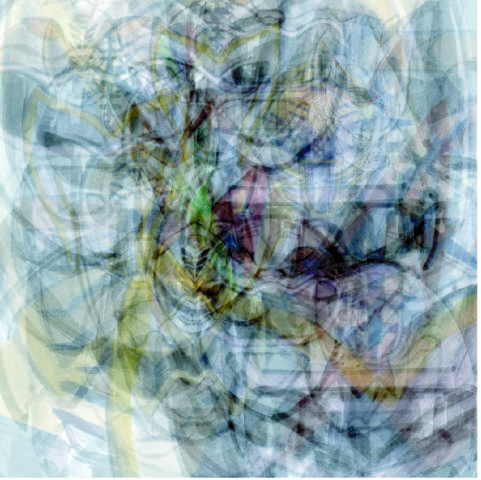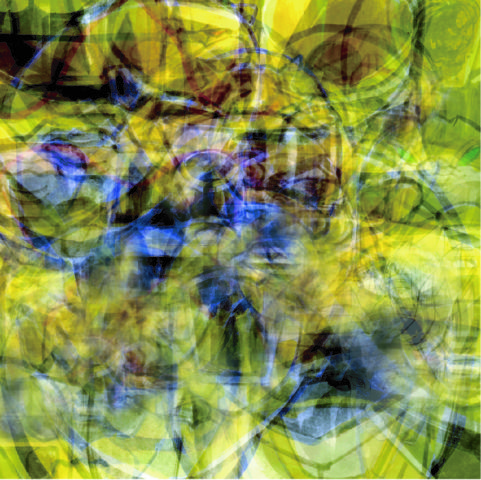








Arthub Favorite: Week 49
As the synonym of “paradise” and “utopia”, what does Shangri-La has to do with the Buddhism concept “compassion”? S-VA-HA, an art collective from Japan practiced their artworks by using the footage of disasters happened to human, and they will be presented soon in MoCA Pavilion.
Duration: 2016 December 2 – 18
Venue: MoCA Pavillion, No.231 West Nanjing Road.
Artists: S-VA-HA (TETTA, Shugyo Kawakami, Yukihisa Hirabayashi)
About the Exhibition
In modern times the concept of Shangri-La tends to be understood as a kind of Eastern paradise; it might be used to create catchy hotel names in Asia or be found in titles or themes within popular culture.
The original Shangri-La was a Buddhist temple in the novel Lost Horizon by the English writer James Hilton, published in 1933. Hilton got his inspiration from articles in the National Geographic Magazine by the American explorer and naturalist, Joseph Francis Charles Rock, who between 1922 and 1949 paid lengthy visits to Yunnan Province, Sichuan Province, southwestern Gansu Province, and east Tibet, where he studied southern Chinese culture and botany. It is from Lost Horizon that the name Shangri-La got its worldwide fame as an Eastern arcadia. The temple, which was home to long-lived monks and neighboring residents, was equipped with American-made bathtubs, European-style heating units, and Chinese artifacts and furniture. In the library those monks and residents had access to books, newspapers, and magazines on Western thought and literature, and in the music room they might play Western classical music, such as Chopin’s, on piano or harp. Shangri-La was therefore essentially a small European-style resort located in the Himalayas.
In direct contrast to the Eastern paradise of Shangri-La, the Dark Tourism project by S-VA-HA covers dark historical locations, from Ground Zero in New York to Chernobyl in the Ukraine, from Auschwitz in Poland or the Nanjing Massacre Memorial Hall in China to the Hiroshima Atomic Bomb Dome in Japan. It is paying tribute to those who died, but also remembers the tragedy of human history and the deep flaws in the human character. Such is the profound meaning of this tour.
The Japanese Contemporary Buddhist art group was formed in 2012, and has completed a series of art videos called Ceremony for…. In these they perform Buddhist sutra chanting and text reading along with butoh, displaying a living, moving Buddha statue, in such locations damaged by disaster or war as were mentioned above. The body of works include Ceremony for the area affected by the Great East Japan Earthquake in 2011 completed during 2012 and 2013, Ceremony for the Izura Rokkakudo tea house, designed by the late Japanese art historian Kakuzo ‘Tenshin’ Okakura completed in 2014 (this structure was rebuilt in 2012 after being destroyed in 2011 by the tsunami following the Great East Japan Earthquake), and Ceremony for the Hiroshima Atomic Bomb Dome During the 70th Anniversary of the Bombing.
This exhibition will display an enormous poster that members of S-VA-HA shall use to cover the entire wall of the space. The poster will depict a scene where S-VA-HA stands upon an awe-inspiring precipice as it gazes into a remote location 50 kilometers away. The site in question shall be Fukushima, ground zero for the nuclear leak that occurred as a result of the catastrophic earthquake that shook Japan in 2011. Since that devastating day, the polluted waters surrounding Fukushima have been drained, with a 30-kilometer periphery being set. Despite this, just 50 kilometers away, around the foot of the cliff as shown on the poster, the people still live a peaceful life as though they had no idea that the sea water also carries with it the dispersed nuclear pollutant…
Within this theme, each member of the group will also put on display their personal creations, with specific reference to the imagery of Buddhist art. The whole exhibition space is arranged as a souvenir shop, startling visitors with its billboards and flashing neon lights on the walls, and with an air of intentional randomness and disorder.
Giving the show the title Shangri-La is of course an expression of critical irony; it actually means quite the opposite – Dark Tourism. It is intended to destroy the concept of Shangri-La as a small European-style, heavenly resort in Asia as depicted in Lost Horizon. Instead the visitors must confront a question that might flash in their minds like the neon lights on the walls: “What really is an Eastern paradise? Where can S-VA-HA possibly find the answer?”
About S-VA-HA
In 2012, S-VA-HA was formed as an artists’ group seeking a direct connection between contemporary art and Buddhism. The group made video art and video installation art from their live performances at historical places or galleries in the form of Buddhist sutra chanting, text reading and dancing as a Buddha statue. The members of the group are all graduates of Tama Art University and are engaged on creations themed on Buddhist art.
TETTA, an artist who produces CG animation works and oil paintings. She also runs a project workshop in which she has been applying Bodhisattva makeup on the faces of over a thousand people and photographing them;
Shugyo Kawakami, a Buddhist monk and painter who combines the traditional Buddhist art and manga styles into contemporary yorozuga art;
Yukihisa Hirabayashi, a Buddhist monk and painter who explores the connection between contemporary art and Buddhism through paintings, sculpture and installation works.
At S-VA-HA solo exhibitions the works on display therefore contain not only video art or video installation art created by the group as a team, but also include each member’s personal creations.